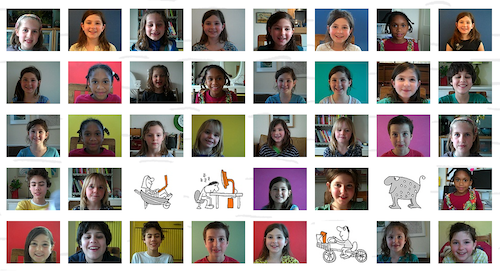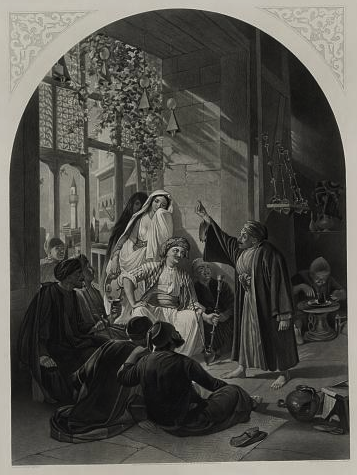
Although the target audience for Questionaut is elementary school students, there is enough wonder and inspiration inside for gamers of all ages. A very nice Point-and-Click-Adventure to test your (kids’) knowledge of English, Maths and Science on a magical mission to recover your friend’s hat. Play Questionaut!





